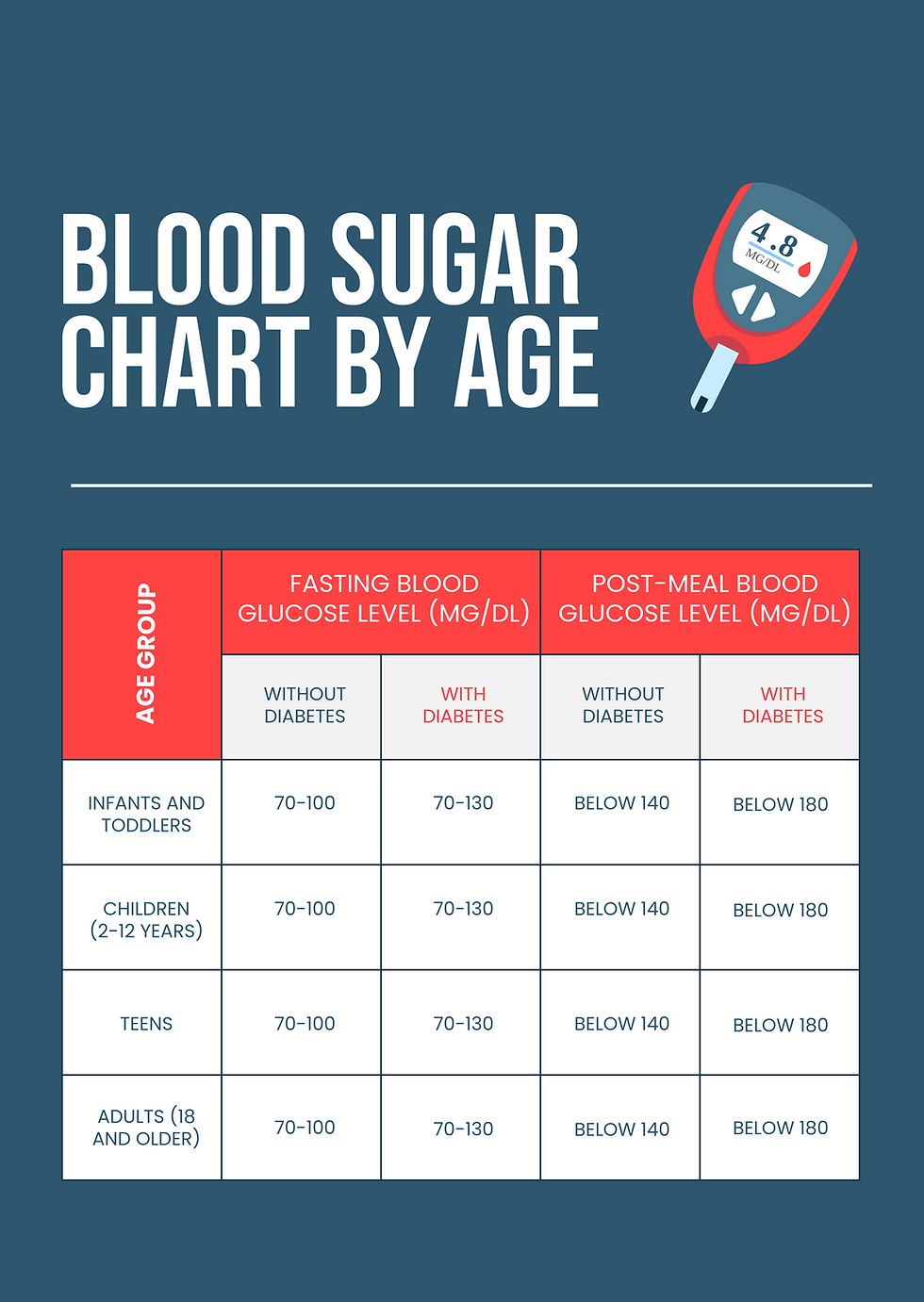Kids Need Fiber!
- Denise Scott
- Jul 30
- 2 min read
What is Fiber?
Fiber is a carbohydrate found only in plant-based foods - fruit, vegetables, whole grains, legumes, nuts, and seeds. Fiber does not come from animal products. When eaten, it stays in the intestines, since it cannot be digested by the body, but this is where it does its work!

Fiber-rich foods including fruit, beans and legumes, whole grains, nuts and seeds, and whole wheat products, with the word fiber written on a chalkboard.
What Does Fiber Do?
Fiber serves multiple purposes for all ages. The benefits include:
Promotes regular bowel movements by drawing water into the gut to prevent constipation.
Slows digestion, giving you a feeling of fullness longer, preventing overeating.
Keeps blood sugar and insulin levels stable.
Improves the gut microbiome by promoting the growth of beneficial bacteria. Fiber provides food, or prebiotics, for our gut bacteria.
Helps lower cholesterol, supporting cardiovascular health.
Decreases the risk of colorectal cancer.
Decreases the risk of type 2 diabetes.
Fiber is converted by gut bacteria into short-chain fatty acids, which are anti-inflammatory and an energy source.
Foods rich in fiber also contain beneficial vitamins and minerals.
Natural fiber-rich foods have no added sugar.
How Much Fiber Do Kids Need?
To calculate the minimum daily requirement for children, take their age and add 5:
Age + 5 = grams of fiber needed.
The American Heart Association recommends a higher daily intake according to the following chart:
Age(years) Fiber(grams)
1-3 19
4-8 25
9-13:
Females 26
Males 31
14-18:
Females 29
Males 38
Adults 25 to 35
This amount can be difficult in a child’s diet, but the following tips will help you easily increase fiber intake.
What are Some of the Highest Fiber Foods?
Beans and Legumes, especially split peas, black beans, lentils, chickpeas, and edamame
Whole grains - barley, quinoa, oats, bran flakes, whole wheat pasta
Berries - especially blueberries, blackberries, and raspberries
Avocados
Artichoke hearts
Apples and pears
Brussels sprouts
Broccoli
Nuts
10. Dried fruits
ANY fruit, vegetable, beans, legumes, and whole grains will significantly increase your fiber intake.

A platter with hummus surrounded by sliced fresh vegetables. Keeping cut fruit and veggies in your fridge makes these accessible for kids to eat more often.
10 Ways to Increase Daily Fiber:
Swap out white rice and pasta for brown rice and whole-grain pasta varieties.
Eat whole-grain or whole wheat bread and crackers rather than white bread.
Add chopped or shredded vegetables to sauces (such as lasagna or spaghetti sauce), scrambled eggs, burgers, meatballs, and muffins.
Eat fruit as a snack and for dessert.
Substitute beans or legumes for meat in soups, casseroles, and sauces. Add them to salads, soups, and chili.
Choose whole-grain, high-fiber cereals or oatmeal.
Substitute whole fruit for fruit juice.
Add seeds or nuts to salads, yogurt, and meals.*
Snack on raw vegetables with hummus, cottage cheese, or nut butters.
Try a new variety of grains such as quinoa, barley, farro, wheat berries, and amaranth.
*Very young children (under 4 years) should not eat whole nuts or hard, raw vegetables, as they are a choking hazard.

Young child drinking a glass of water. Increase water intake when increasing fiber.
A Final Note:
For every 5 grams of fiber, increase water intake by 8-16 ounces.
Feed on fulfilling fiber frequently!




Comments